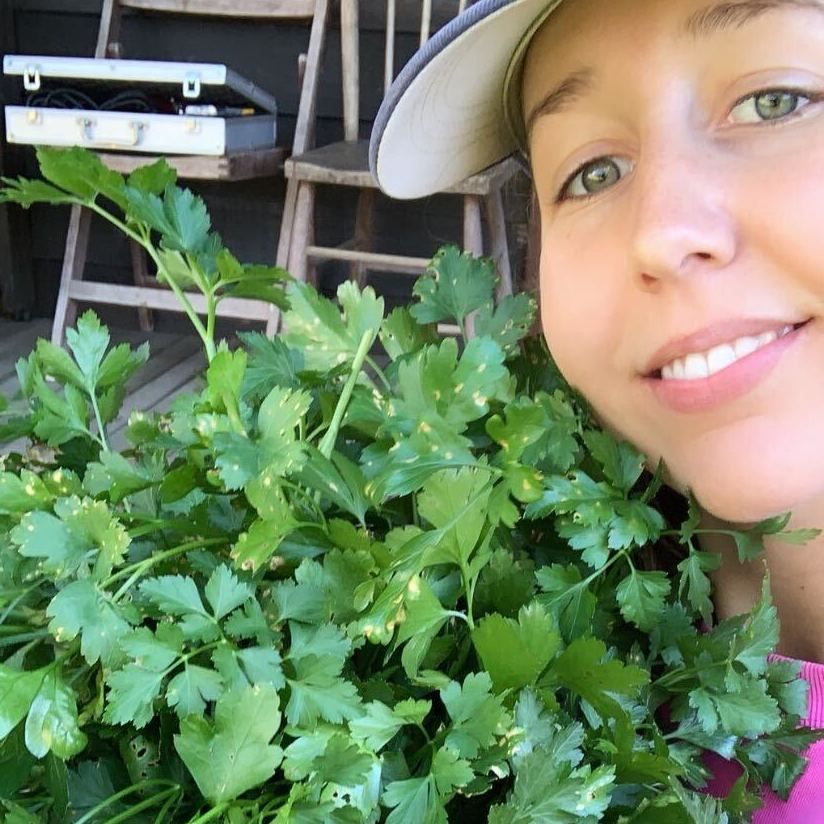Discussing public space is a hotbed of debate and quagmire of socio-political discourse. It can literally lead us down the garden path… What better way to blur ownership of space & challenge the parameters of control than at your very own gate? Chucking a few seeds around and fostering a fully fledged verge is increasingly leaving the realm of risqué and entering normalised terrain.
We live in an age where councils listen to the people when they speak enmasse. Enter the rise of kerbside urban gardens. A wonderful trend with a plethora of benefits for the community and suppressed ecosystems. This is a story of mass adoption and a people led revolution where increasingly the voice of the people spills out from their living rooms and onto their pavements.
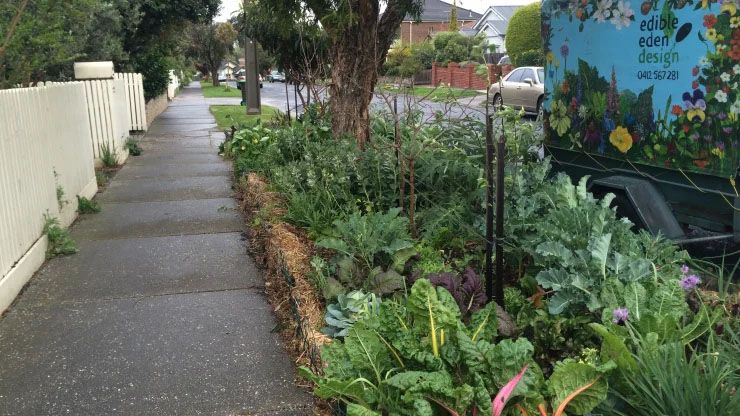
Getting councils onside
Verges or nature strips are often under-utilised areas of land technically owned by council but expected to be maintained by residents. They fall into one of the many grey areas of public space which increasingly dwindles due to privatisation. As some residents still battle [and win] legislation for the right to develop their verge [whilst observing access and OHS issues] many other proactive councils have jumped on board and championed the cause, understanding that happy healthy communities are beneficial for everyone.
Increasingly, councils’ strategic plans integrate guidelines and even offer incentives to get residents participating in growing their nature strips. A no-brainer to say yes, rather than no to residents proactively making streets cooler, greener and more sustainable. Building resilient communities to boot. It’s hard to convincingly argue against.

The best way to start the discussion is to ask. Check in with your council because more than likely they’re going to be your biggest fan. Or follow the well trodden path of stalwart pioneers before you, and just start. Hello grass rooters! It can be as simple as beginning with a few terracotta pots…
We do recommend checking out regulations in your area. Common sense is a misnomer. No one wants to suffocate your allocated street tree which offers up that one shady parking spot, to dig up a gas line [Dial before Dig], create a tripping hazard and be hit with liability or worse. You actually could kill Grandma. Doh!
Engaged communities
Emerging DIY urban gardens by residents juxtapose corporate landscapes. These prescriptive panoramas are administered to the people, not by the people. They dictate entirely different relationships with us than ad hoc polycultures and often perpetuate disconnection to the local hood. Direct interaction isn’t the norm yet they do provide relief from an endless expanse of impermeable surfaces.

In contrast, micro-farming public verges has paved the way for communities to share with one another and improve soil with integrated community compost hubs. Gardening whilst being a mindful practice also encourages social connection and discourse. Pedagogy is rampant when love thy neighbour [and garden] gets real!
Your adjacent household isn’t interested? With their consent, take over that verge as well, retire their noisy mower and watch your empire grow! You build it, and they [your fellow street dwellers] will come, creating enlivened local culture in the process. Embedded urban agriculture normalises growing food, transcends boundaries and amplifies community connection. Sometimes we need an excuse to slow down or feel OK about borrowing a cup of sugar, soil or seeds!
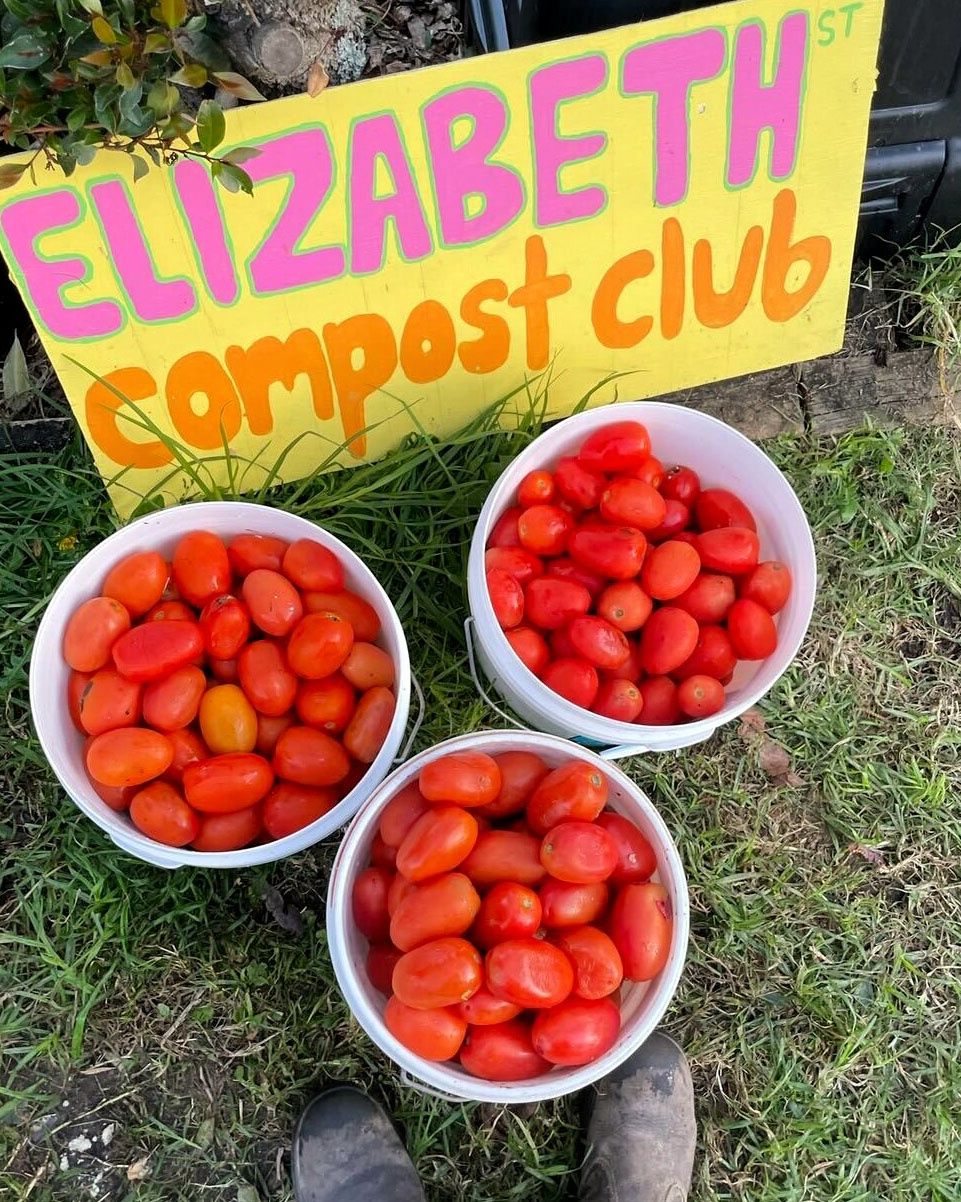
Edible landscapes
Growing food is important. Whether it’s for yourself and/or your wider community. A skill we all but lost in the last couple of generations. After shelter, nourishing your body and soul is key to survival. Being able to provide for yourself and family is empowering especially as the world hurtles towards centralisation.
Overflowing out onto streets makes this realisable for those who do not have resources elsewhere. People who grow food understand not only the joys of harvest, but also of sharing labour's fruits.
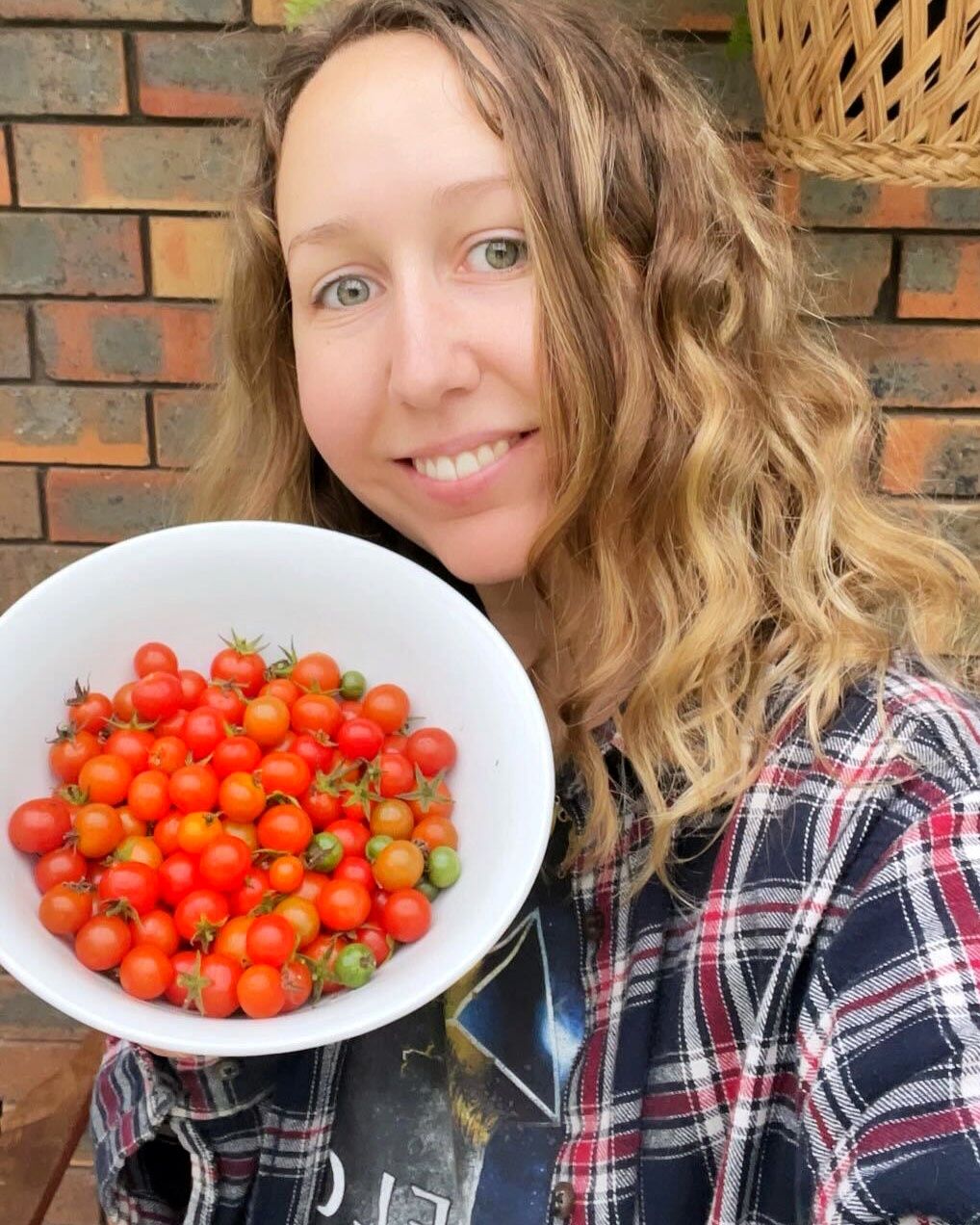
Alex of the Elizabeth Compost Club shares insight of her community initiative. “There’s been times of abundance when neighbours turned up with kilos of tomatoes as there’s more than one household can eat. A swap system naturally evolves. We all benefit because no one grows exactly the same things!”
The reintroduction of these ancient customs which have been long forgotten especially in Western culture creates vibrant neighbourhoods. The city is our own backyard couched with a few additional behavioural norms. Enriched hubs spawn through sharing seeds, compost, produce with recipes & tips on how to save and store communal bounty. Street growers speak of the pleasure of creating and sharing abundance with passersby they didn't know, and developing friendships direct from the pavement.
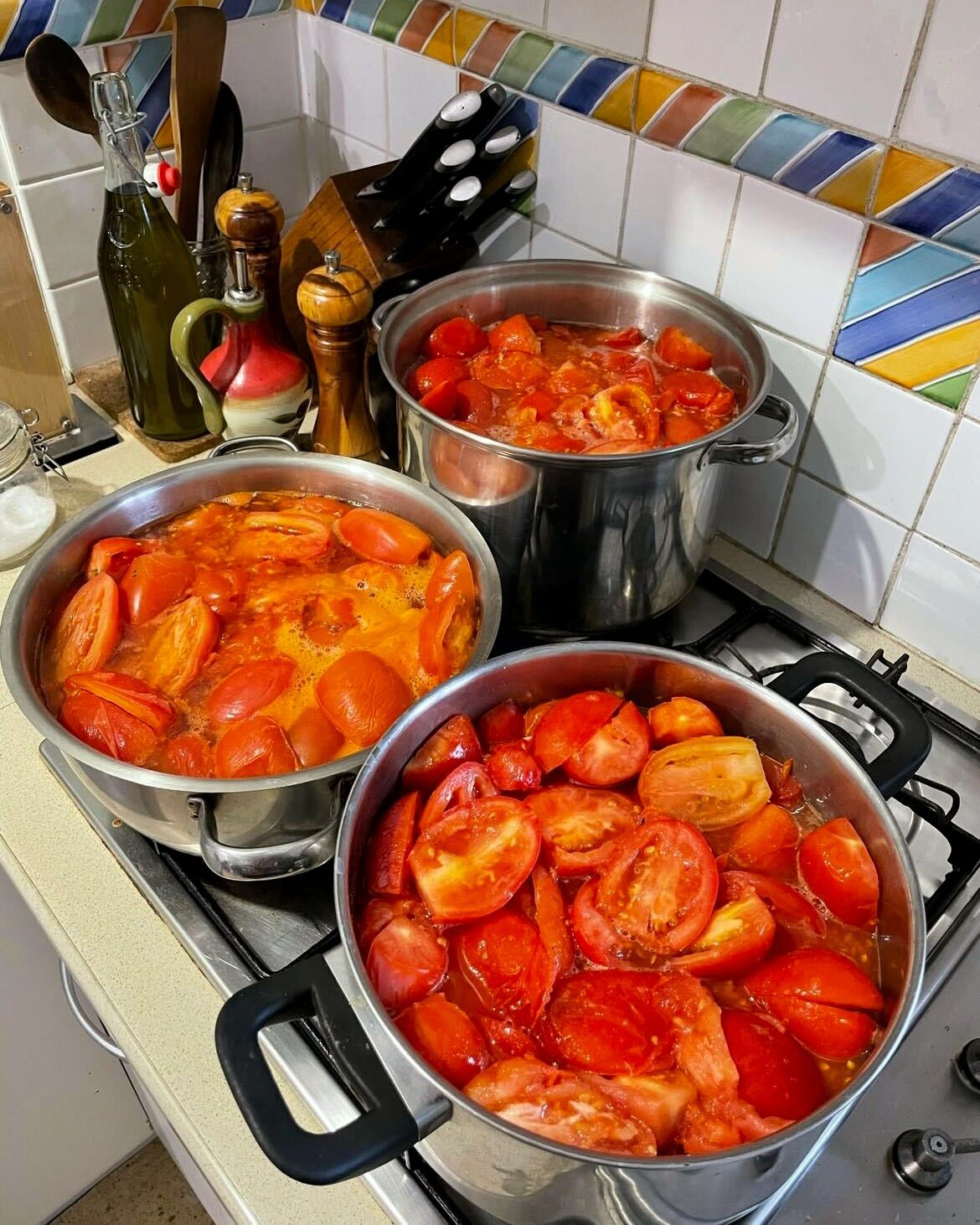
Another upside is this productive green spill hugely impacts the heat island effect created by immense stored energy in concrete cityscapes. This creates microclimates, stabilising temperatures and oxygen levels. Making it even easier in turn to grow more food and increasing liveability!
Bringing biodiversity back
When we think of wildlife corridors it’s natural to cast one’s mind into the countryside imagining untouched bush running amok with wild things. Biodiversity can come in small packages and verges represent an inimitable opportunity to restore spaces which have been removed as habitat for many vital species whether they be insect, bird or human sized.
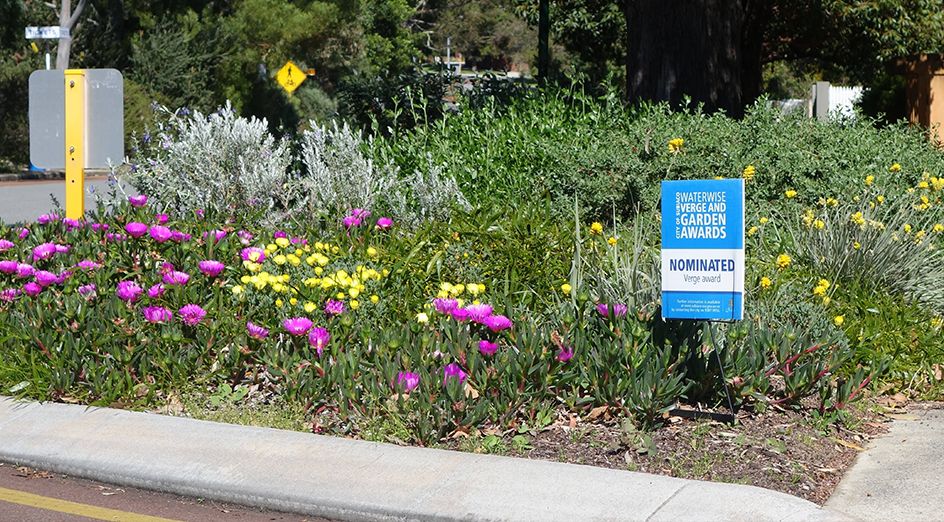
As soon as we transform a slab of concrete or faceless block of mown grass into a polyculture, especially with endemic plants ie. local species, new life is birthed and creates a snowball effect. Life begets life.
Going native eliminates potential issues of growing food crops into the ground in post industrial areas where there may be issues of soil contamination. In these situations non-food crops are best unless using raised bed systems to reduce risk. Whatever you decide to plant it is better to do so than not at all.
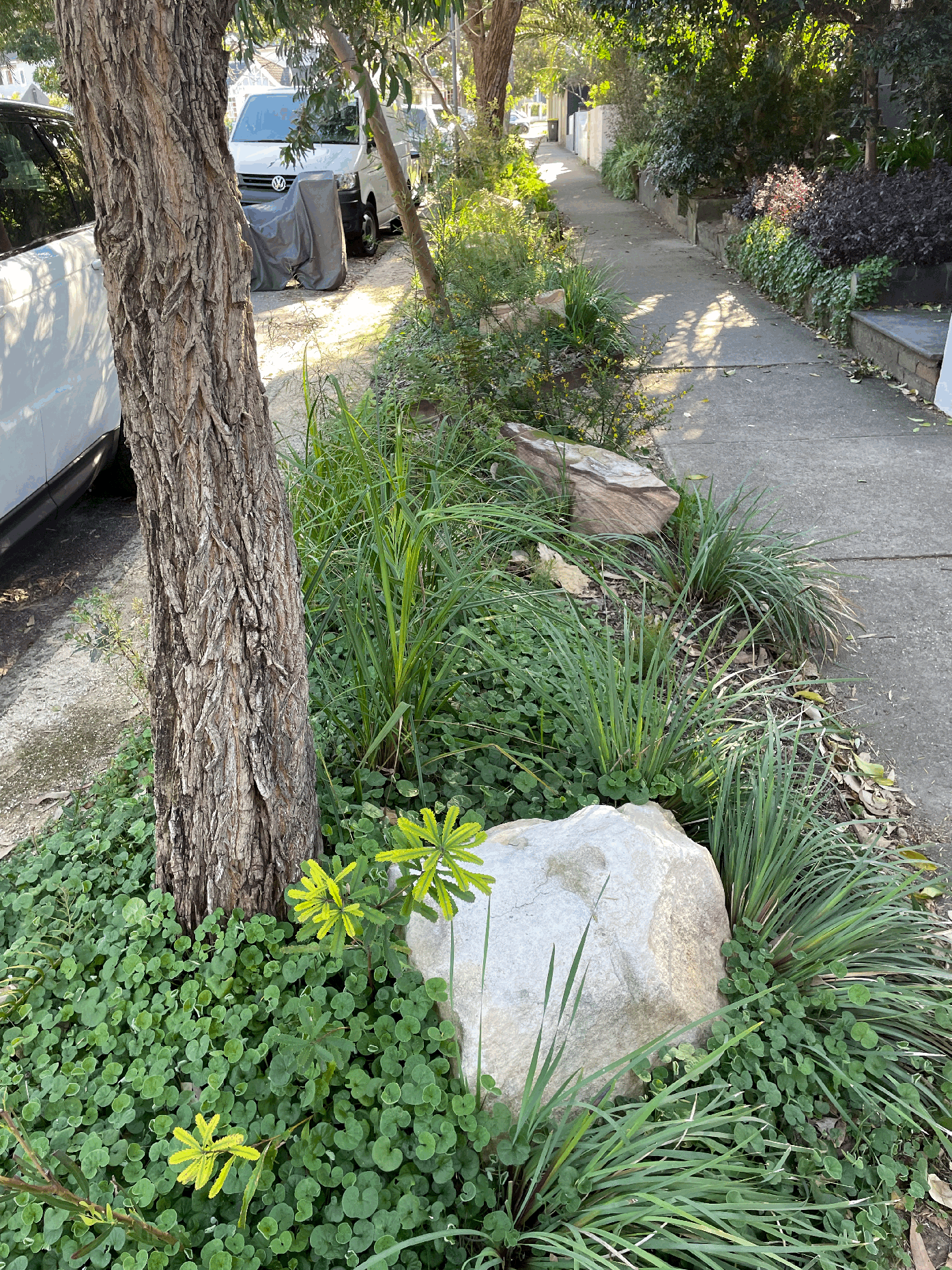
Reclaim the streets
The idea of shared community ownership of public spaces is the most basic and intuitive. We are inherently social animals and gravitate towards one another in the knowledge that survival is much harder alone than with a tribe. It really does take a village. On our sidewalks tending to our gardens. Grass roots rebels with a cause. And a well stocked pantry full of delicious ferments and lashings of Grandma’s secret recipe for handmade tomato sauce.
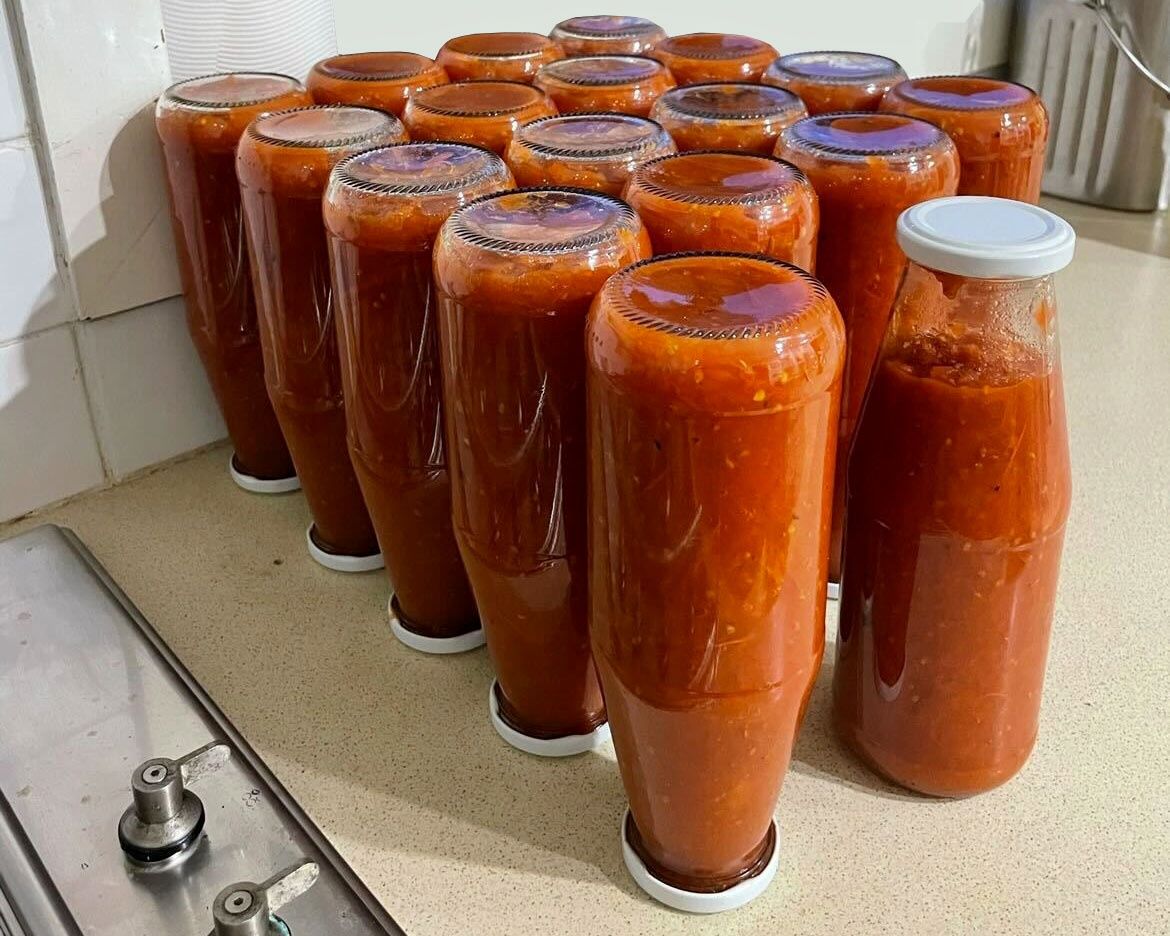
Nonna's Foolproof Passata Recipe
Traditionally passata is made at the end of summmer when there's a glut of overripe tomatoes. It's a staple in Italy and in most well-equipped kitchens. The difference between passata compared to puree or sauce is that it's technically uncooked. Stupidly simple to make; there's no reason not to make your own. An excellent Dummies 101 intro into the world of preserves.
Professionals will have a pulp machine [passapomodoro] which purees and deseeds the tomatoes. Special equipment is not necessary, unless Nonna is coming over for dinner...
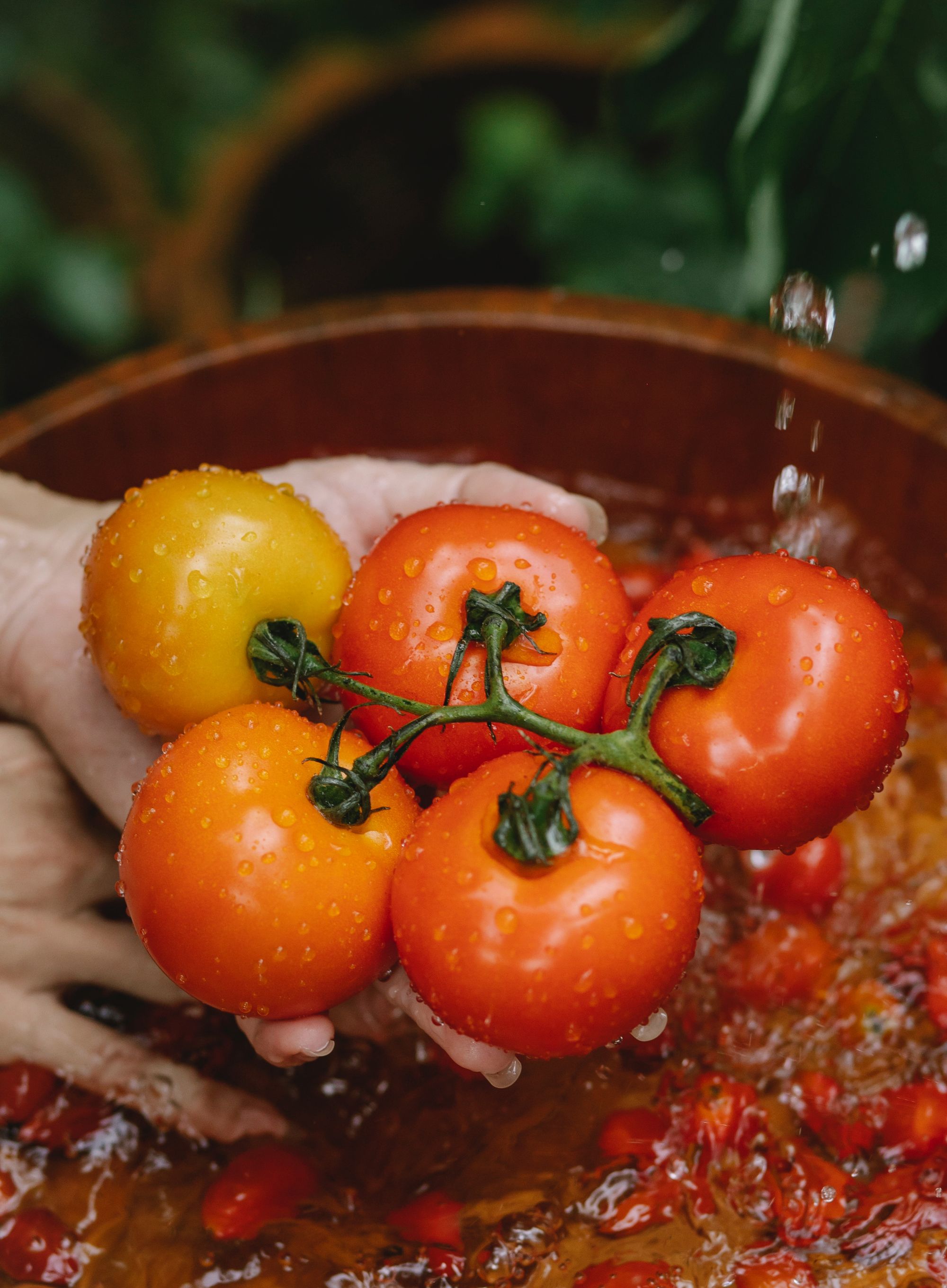
- Wash as many ripe tomatoes as you have recycled bottles for. Get rid of the yucky bits.
- Boil tomatoes for two minutes to loosen the skins. Promptly get rid of them [into your compost caddy]
- Puree naked tomatoes in your blender. Then sieve.
- Pour strained puree into sterilised glass jars/bottles. Then boil the jars in large pots of water [20 minutes is swell]. This seals them to prevent spoiling.
- And you're done! These last for months. Even longer if you're a pro sealer.
- Welcome to the addictive slippery slide of preserving! What's next?


